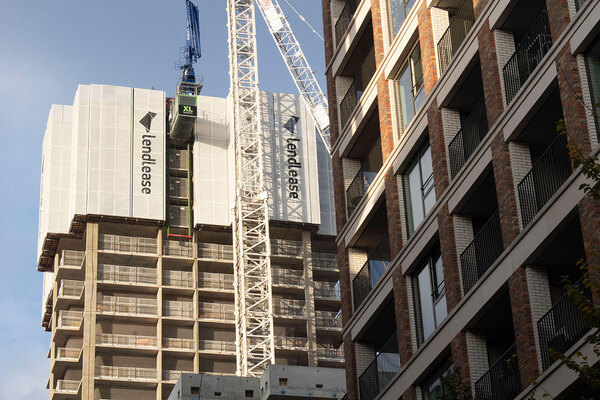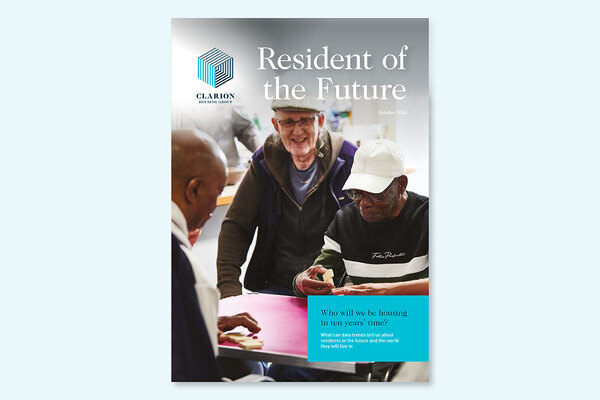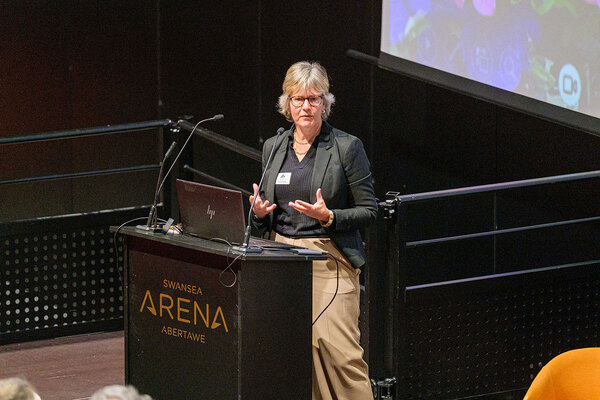You are viewing 1 of your 1 free articles
We need to take a closer look at the issue of Community Infrastructure Levy relief
Community Infrastructure Levy relief on additional affordable housing is holding back delivery, writes Sam Stone, director of land and planning at Abri
Angela Rayner’s calls for a social housing revolution are welcome, and one area that could be looked at more closely (and that could be a major contributor to her ambition), is the issue of Community Infrastructure Levy (CIL) relief for additional affordable housing outside of Section 106 agreements.
The CIL – a charge that many local authorities levy on new developments to fund essential infrastructure such as schools, roads and parks – plays a significant role in shaping the viability of housing projects.
A few years ago this wasn’t the issue that it is now – the turning point came in 2021, with the case of Stonewater v Wealden District Council. Stonewater sought to deliver a 169-home development as 100% affordable (when the Section 106 approved the site to hold 35%), and subsequently applied for CIL relief for the total 169 homes.
The council refused this on the grounds that Stonewater had submitted insufficient evidence to demonstrate that the development would be delivered as 100% affordable, and the court subsequently agreed, handing Stonewater a CIL liability over £3m. The judgment also found that it is a matter of judgement for the council to satisfy itself that a scheme will deliver 100% affordable housing.
Since then, CIL relief for either additional or 100% affordable schemes has been much more problematic to achieve.
We recognise the immense financial pressures councils are under – the Local Government Association estimates that English councils face a £2.3bn funding gap in 2025-26, rising to £3.9bn in 2026-27. Because of this pressure, we are seeing councils resist the granting of CIL relief for affordable homes outside Section 106 agreements, preferring to keep the CIL receipt instead.
Resolving the issue is a technical one, but doing so could have significant implications for affordable housing delivery nationwide.
Where confusion arises is the lack of a consistent approach across all local authorities: the level of information they require to be sure that any additional homes will be affordable can be set differently.
The ‘gold standard’ is to have the homes within the Section 106 agreement. But the problem for providers like us is that if all the homes are within the Section 106, we cannot apply for grant funding against any additional affordable homes we want to provide.
To combat this, some councils have accepted proof from board minutes and/or acknowledgment from Homes England that the site is within its investment management system (its system for monitoring the pipeline of affordable schemes), but others won’t accept this approach.
To overcome this, Bristol City Council worked with Homes England to develop an ‘either/or’ clause, commonly known as the Option A/Option B clause.
This states that the scheme will either be Option A (policy compliant), or it can be delivered as Option B (100% affordable) and that CIL relief can therefore be given if Option B is pursued.
We have used this clause ourselves in Bristol and in the South Downs National Park. We’re currently negotiating the insertion of this clause to Section 106 with Winchester District Council, West Berkshire, East Hampshire District Council and Wokingham Borough Council, and hopefully more will follow.
“We want to play our role in supporting the government’s ambitions to build more affordable homes, and this is another lever they could pull that would allow us to get on with the job”
So, why is this such a problem? Each time we come to a new local authority to propose the adoption of the Option A/Option B clause, it takes a significant period of time to explain why it is needed and how it works, and we are not always successful. This process costs time and money, and delays starts on site.
One relatively quick and simple solution to fix the issue – and enable the delivery of more affordable homes, thus matching Labour’s ambitions – is for the Ministry of Housing, Communities and Local Government to consider writing to each local authority and to set out guidance on why the Option A/Option B clause is needed and why it is an acceptable proposal. Ideally, this guidance would also include a proposed model form of clauses for including in template Section 106 agreements.
Ultimately, there is a circularity to the issue when you come back to the original cause – the financial constraints councils are operating under. According to Shelter, councils spent almost £2.3bn on temporary accommodation between April 2023 and March 2024, and this cost is only growing. This underscores the importance of balancing the retention of CIL monies with the need to build more affordable homes.
We want to play our role in supporting the government’s ambitions to build more affordable homes, and this is another lever they could pull that would allow us to get on with the job.
Sam Stone, director of land and planning, Abri
Sign up for our development and finance newsletter
Already have an account? Click here to manage your newsletters













